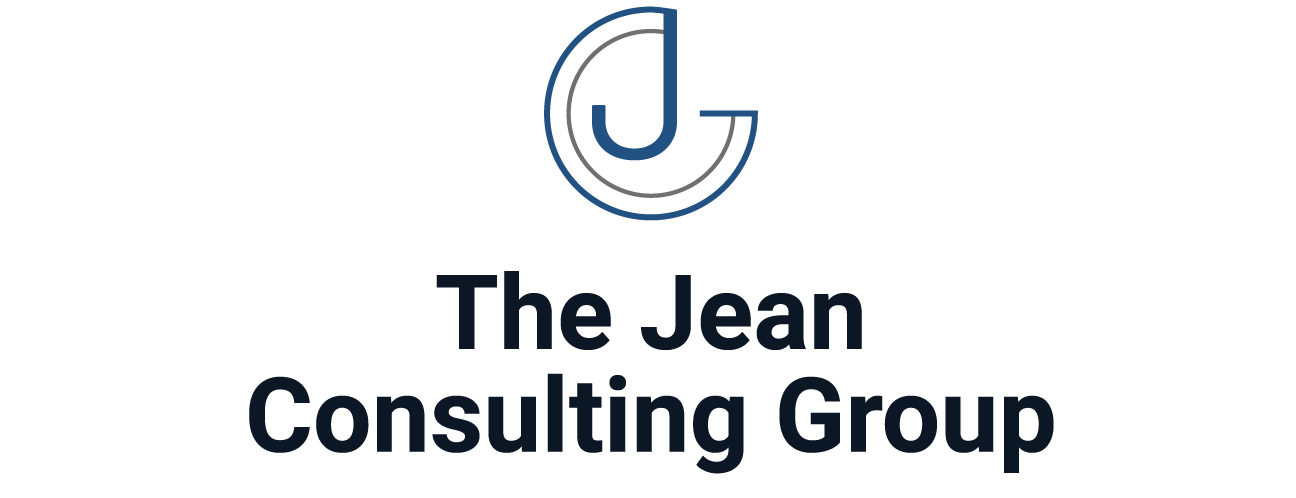In an era where the workforce is increasingly seen as the heart of organizational success, measuring and enhancing employee engagement and satisfaction have become paramount. The integration of employee engagement and satisfaction measurement tools into workforce management solutions represents a strategic approach to nurturing a highly motivated, committed, and productive workforce. This article explores how these tools are transforming workforce management practices, highlighting their benefits, key features, and the overall impact on organizational culture and performance.
Significance of Employee Engagement and Satisfaction
Employee engagement and satisfaction are critical indicators of the health of an organization. Engaged employees are more likely to be productive, contribute to positive customer experiences, and remain loyal to the company. Similarly, employee satisfaction levels can significantly influence retention rates, recruitment success, and organizational reputation. Together, these metrics provide invaluable insights into the workplace environment and employee well-being, guiding leaders in making informed decisions to foster a positive and productive work culture.
Key Features of Engagement and Satisfaction Measurement Tools
Modern workforce management solutions are equipped with advanced tools designed to measure and analyze employee engagement and satisfaction effectively:
- Surveys and Feedback Platforms: These tools facilitate the collection of regular, anonymous feedback from employees, covering various aspects of their job satisfaction and engagement levels.
- Pulse Surveys: Short, frequent surveys provide real-time insights into employee sentiment, allowing organizations to react swiftly to emerging trends or issues.
- Analytics and Reporting: Advanced analytics capabilities enable HR professionals and managers to identify patterns, track changes over time, and benchmark their results against industry standards.
- Recognition and Rewards Programs: Integrated recognition programs allow for the acknowledgment of employee achievements, contributing to higher satisfaction and engagement levels.
- Social and Collaboration Tools: Features that promote social interaction and collaboration among employees can enhance a sense of community and belonging, further driving engagement.
Benefits of Integrating Engagement and Satisfaction Measurement
Incorporating these measurement tools into workforce management solutions offers several benefits:
- Informed Decision-Making: Data-driven insights into employee engagement and satisfaction empower leaders to make strategic decisions that enhance the workplace environment and culture.
- Proactive Problem-Solving: Real-time feedback mechanisms allow organizations to identify and address issues before they escalate, mitigating potential negative impacts on morale and productivity.
- Enhanced Employee Retention: By understanding and acting on the factors that influence employee satisfaction, organizations can improve retention rates, reducing the costs and disruptions associated with high turnover.
- Increased Productivity: Engaged and satisfied employees are more likely to be motivated and productive, directly contributing to organizational success.
- Stronger Employer Brand: A reputation for valuing employee feedback and fostering a positive work environment makes an organization more attractive to current and prospective employees.
Implementing Engagement and Satisfaction Measurement: Challenges and Strategies
Implementing these tools within workforce management solutions is not without challenges. Ensuring participation, maintaining anonymity, and acting on feedback are critical considerations. Strategies for effective implementation include:
- Promoting a Feedback Culture: Encouraging an organizational culture that values openness and feedback can increase participation and the quality of insights gathered.
- Transparent Communication: Clearly communicating the purpose, process, and outcomes of engagement and satisfaction measurement initiatives can build trust and encourage honest feedback.
- Actionable Insights: Beyond measuring engagement and satisfaction, organizations must be committed to taking concrete actions based on the insights gathered, demonstrating a genuine commitment to employee well-being.
Conclusion
The integration of employee engagement and satisfaction measurement tools into workforce management solutions is transforming how organizations approach workforce dynamics. By leveraging these tools, companies can gain valuable insights into the well-being and motivation of their employees, enabling them to create more engaging, satisfying, and productive work environments. As businesses continue to recognize the critical role of their workforce in achieving success, these tools will become increasingly indispensable in the quest to cultivate a vibrant, engaged, and satisfied workforce.




